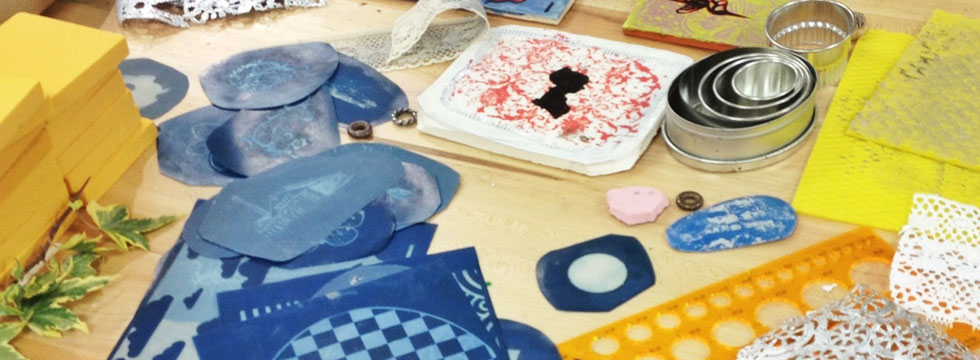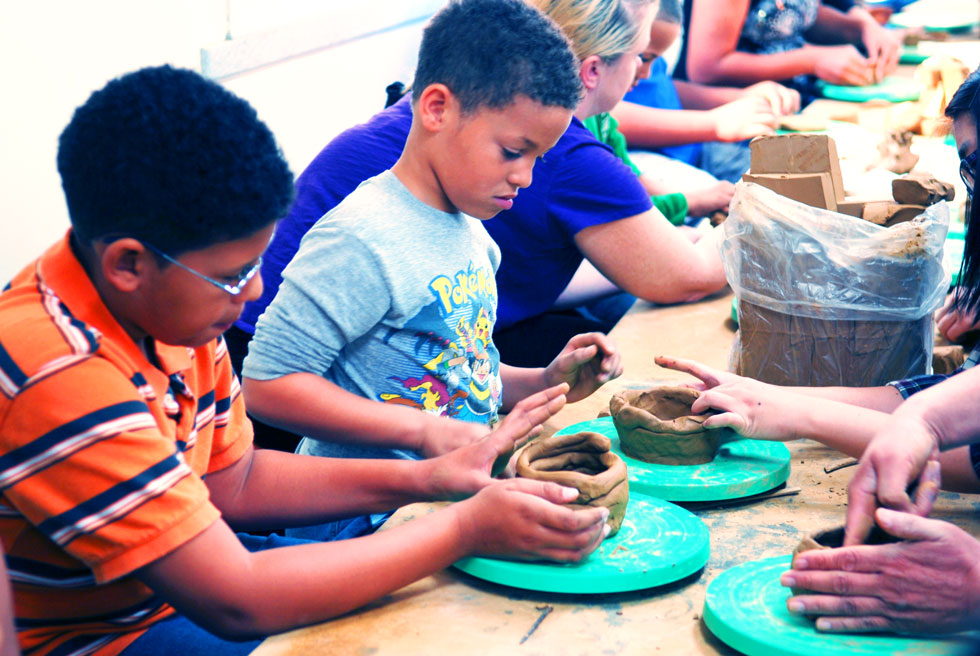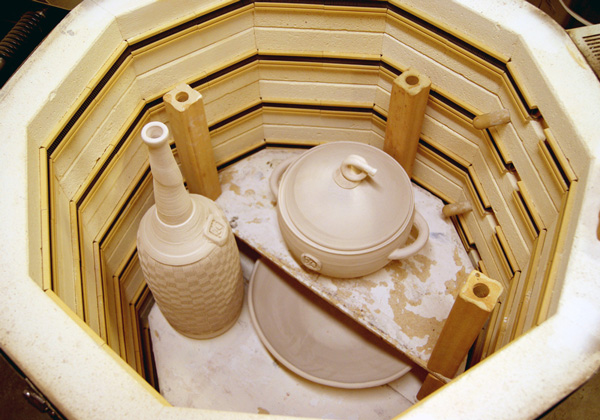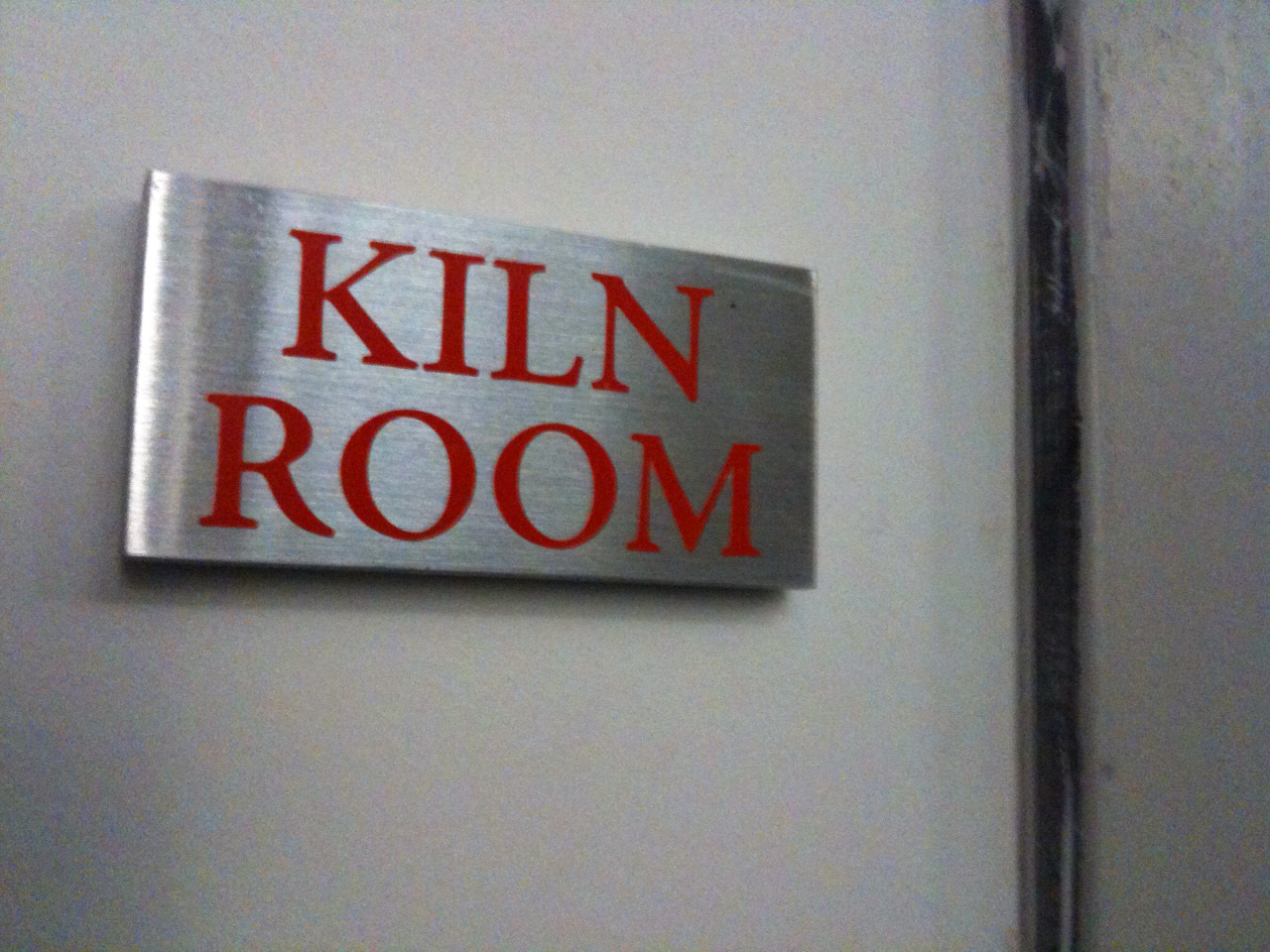We could say a lot about firing ranges. Within each range there’s a whole gamut of surface effects and utilitarian properties.
But for those in a hurry, here’s a quick run down of the three main firing ranges.
Low Fire / Cone 03-06 (1745°F to 2012°F). The most common form of the clay used and found throughout the world. This includes all earthenware clays that remain porous (able to absorb water) and do not vitrify (become naturally watertight). Think terra cotta flower pots or Italian majolica pottery.
Mid Range / Cone 5 or 6 (2150°F or 2260°F). Stoneware bodies that were developed to vitrify and be as durable as traditional cone 10 stoneware. Excellent for use in electric kilns.
High Fire / Cone 10 (2200°F -2320°F). Includes traditional stoneware and porcelain that mature at a high temperature. It is best used in wood firing or gas reduction kilns to achieve special glaze effects not possible at lower temperatures.
These three ranges are by no means the only temperatures that artists work in. Potters like Steven Hill work at cone 7-8 in electric kilns. A few artists have been doing innovative research by “vitrifying” earthenware clays at cone 3. And of course, many wood fire potters push their work to cone 11 and beyond.
Starting with the three ranges, earthenware, mid-range, and high-fire, is a good way to begin exploring ceramic work that appeal to your aesthetics.
 ClayGeek Clay — it's what we do.
ClayGeek Clay — it's what we do.





B18HT-240, I have an older kiln and am looking for the operation manual. Can you help me?